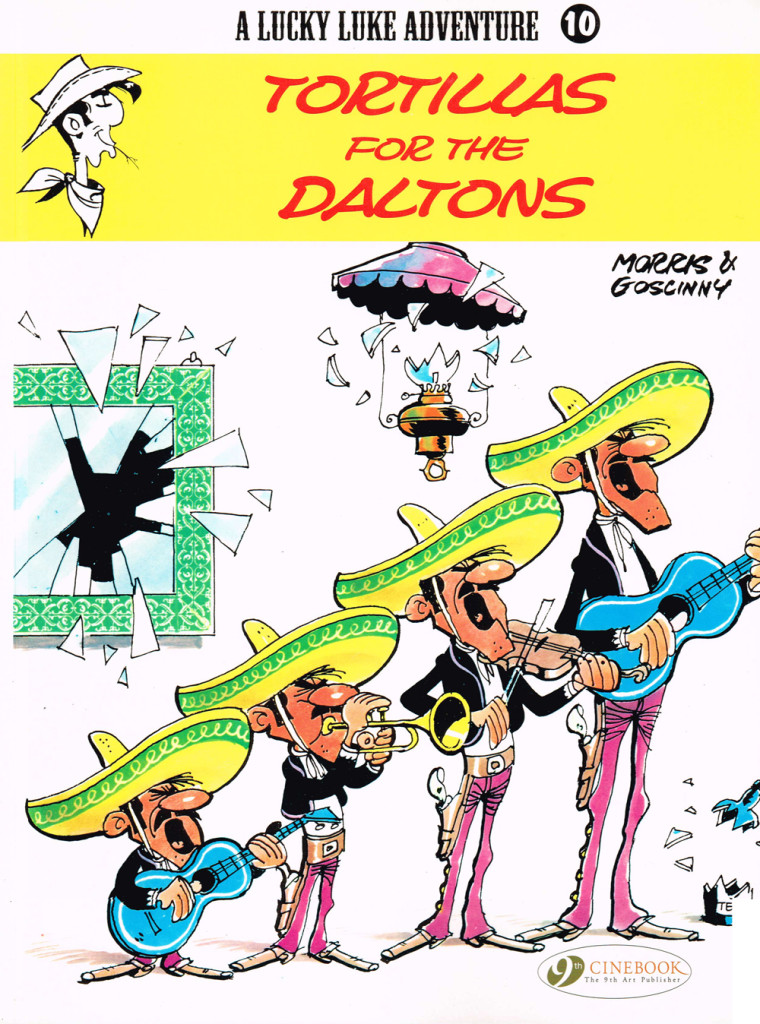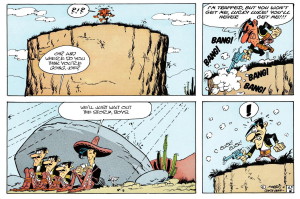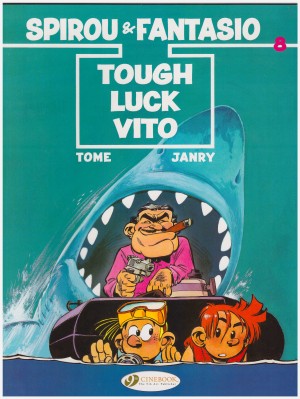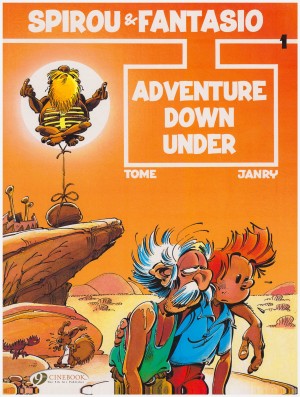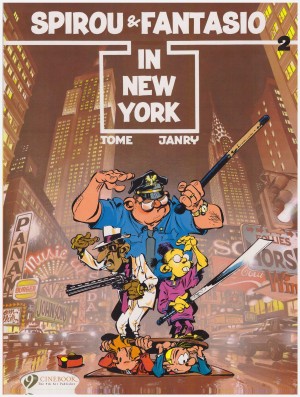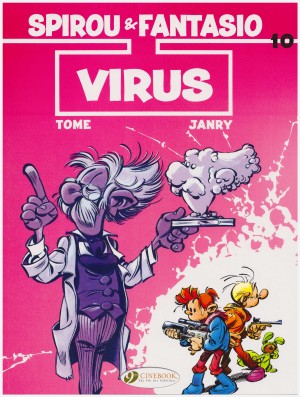Review by Roy Boyd
As the title suggests, Tortillas for the Daltons, featurea Luke’s frequent nemeses: the Dalton gang. The reprobates are being moved to a new prison when they are taken prisoner by Mexican bandits. Teaming with their captors, they plan to kidnap the local mayor, with the Daltons assuming the role of a mariachi band. This requires a training regime that the brothers neither enjoy nor excel at. Meanwhile, Luke has been sent, by the President no less, to get the brothers and bring them back to face US justice. If he fails in his mission, Mexico is threatening to go to war with the United States.
The Daltons are amongst the many real-life characters with which artist Maurice de Beverè, aka Morris, and writer René Goscinny, populate Lucky Luke’s world. There’s also a parody of a fictional character in the canine shape of Rin Tin Can, based on the once-famous dog Rin Tin Tin. However, realistic portrayals are abandoned in favour of humorous impact, with the four Daltons all looking identical in everything but height, which ranges from tall to very, very small. This certainly simplifies the drawing process, and any readers paying close attention will notice many similar tricks (like characters often appearing in the same pose) which, to be fair, are common to many strip cartoons.
Unlike other books in the series, Luke isn’t called upon to come up with ingenious solutions that please everyone. Instead, in this adventure, he has a simple and straightforward remit: arrest the Daltons. For that reason, this book is relatively linear, lacking the clever plotting of some of the others. It is all well executed, though not one of the best of the series.
The chronology of these books is deliberately difficult to follow, as they jump around all over the nineteenth century, from the 1830s to the 1880s, without Luke aging a bit. Working out the order in which the books were published can also be difficult, as they haven’t received the attention accorded Asterix or Tintin (with full runs of both published) and their English translations have instead been issued in a more piecemeal fashion by a variety of publishers over the years. Cinebook are now correcting this.
Thoroughly decent and brave, Lucky Luke is a great role model for readers of all ages. Well, if you can ignore his ubiquitous cigarette, removed from the covers, but still ever-present inside.
